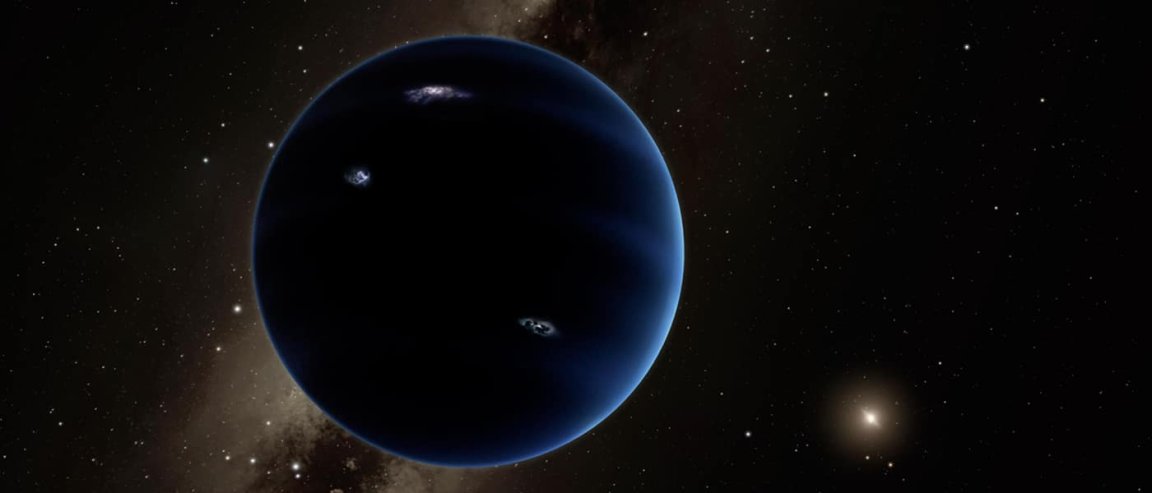
Wibbly Wobbly
Researchers now believe that Planet Nine — the large, distant, and still-hypothetical planet at the edge of our solar system — could be responsible for the Sun’s unusual tilt.
All of the planets in our solar system orbit around the Sun on a flat plane. That plane, however, is slightly and inexplicably askew by six degrees, and that angle makes us view the Sun as slightly tilted. We’ve known about the tilt of the Sun for 150 years, but no one has been able to provide a reasonable explanation for it.
A team at Caltech has an idea, though. They think the theoretical Planet Nine could be responsible.
“Because Planet Nine is so massive and has an orbit tilted compared to the other planets, the solar system has no choice but to slowly twist out of alignment,” explains Caltech graduate student Elizabeth Bailey, lead author of the study that the Caltech team presented at the American Astronomical Society’s Division for Planetary Sciences meeting Wednesday.
The math checks out. Given Planet Nine’s atypical orbit, expected size, and great distance from the Sun, a six-degree tilt makes perfect sense, according to Mike Brown, Professor of Planetary Astronomy and co-author of the study.

Hypothetical Planet
While Planet Nine is still hypothetical at this point and has yet to be seen by astronomers, the evidence for its existence is compelling.
Researchers from the University of Arizona just presented their own study supporting the existence of the planet, citing its impact on far-distant Kuiper Belt objects, and the Caltech team’s theory does make a lot of sense given that it would explain a so-far-inexplicable phenomenon about our solar system.
While studies like these provide us with more evidence for the existence of Planet Nine, they also highlight just how little we know about our solar system and bring up even more questions. If it does exist, why does Planet Nine orbit at such a different angle than the rest of our planets? How did it achieve its unusual orbit? Was it influenced by the gravitational pull of other stellar bodies?
Thankfully, ever-improving technology is helping us find answers to these questions and more, albeit slowly. Researchers are already busy searching for more signs of the massive planet, following a path they predicted back in January, but the task may take three or more years. In that time, the James Webb Space Telescope (JWST) will be ready for use and maybe we’ll actually be able to get a look at this far-away neighbor of ours.